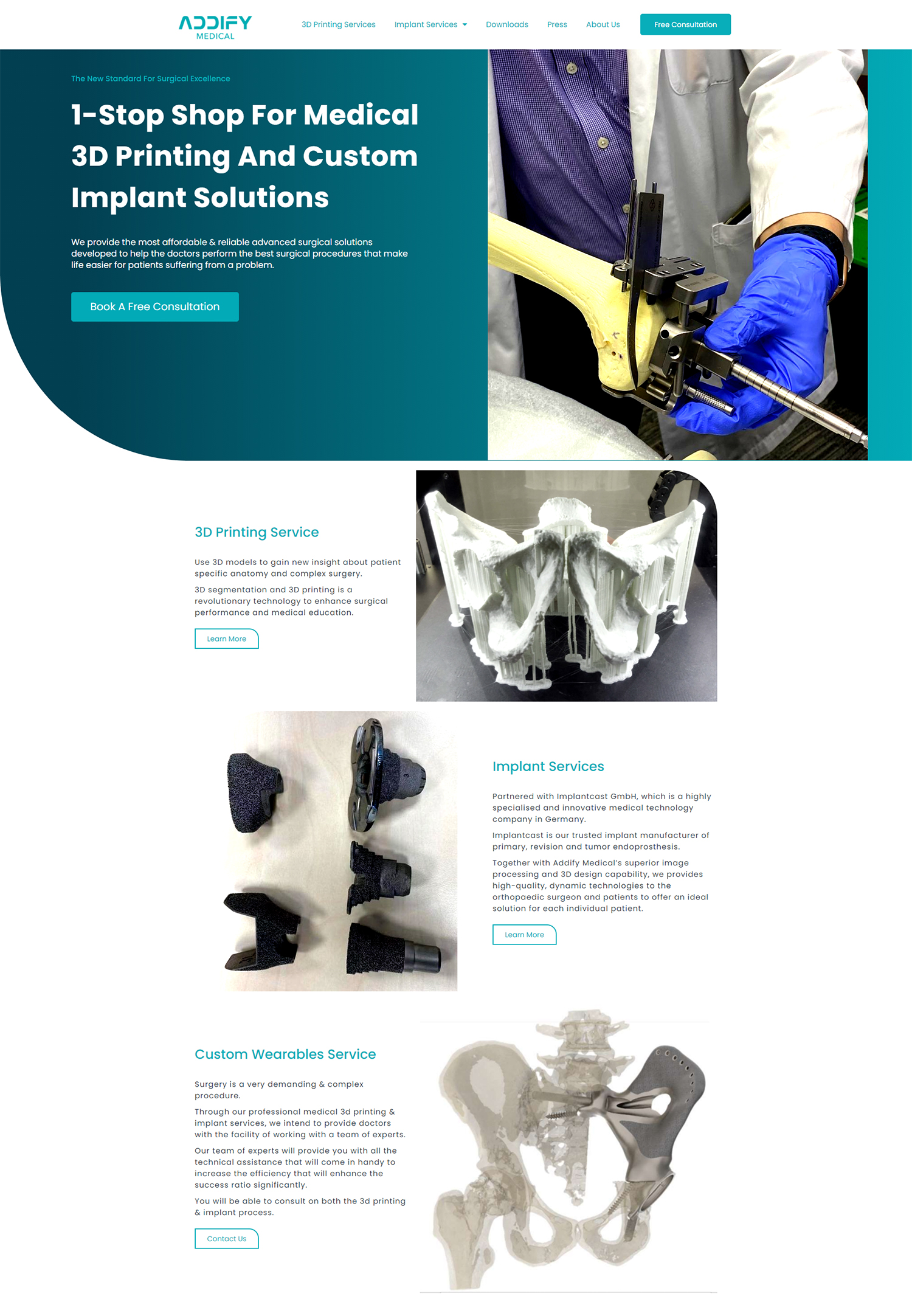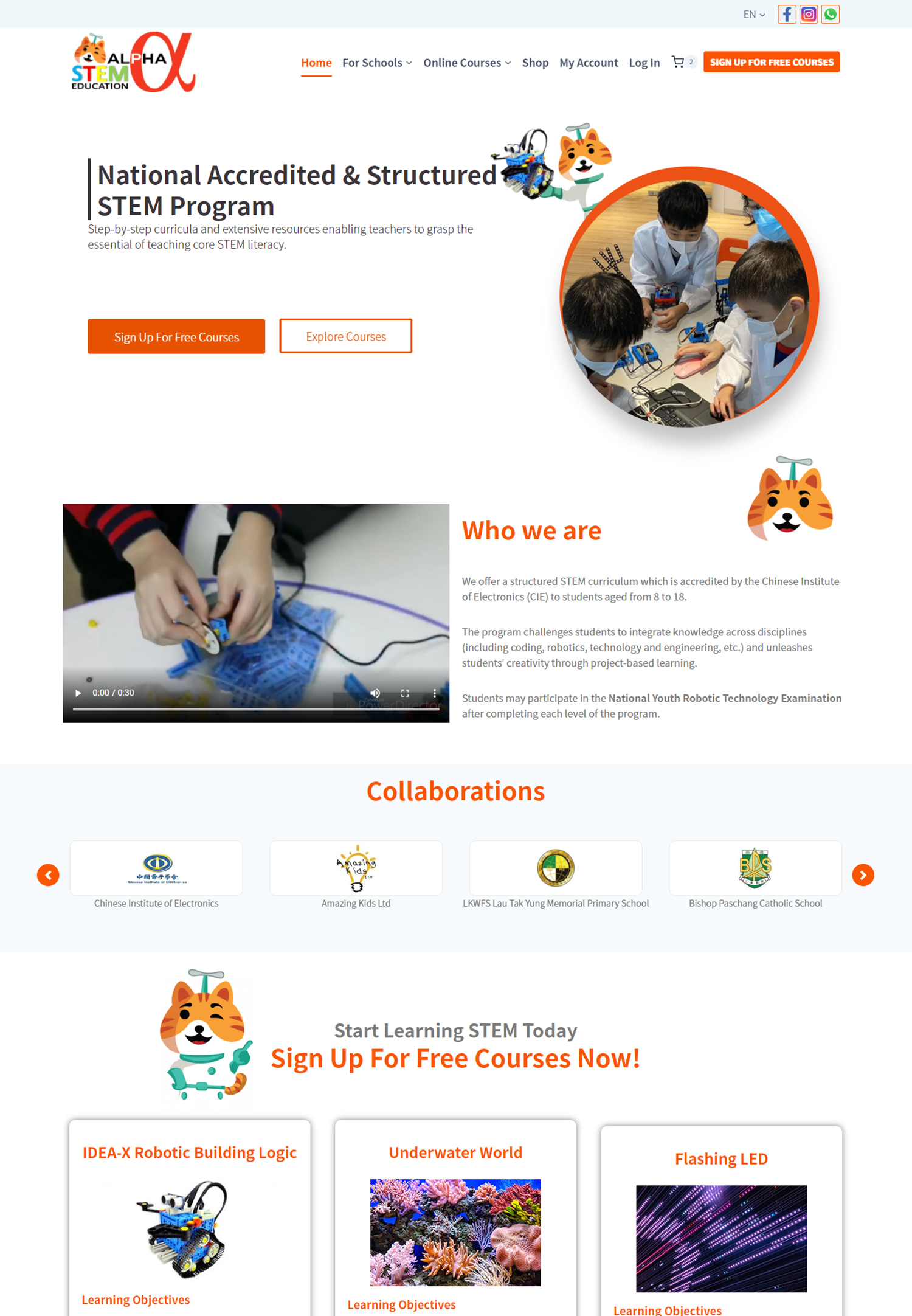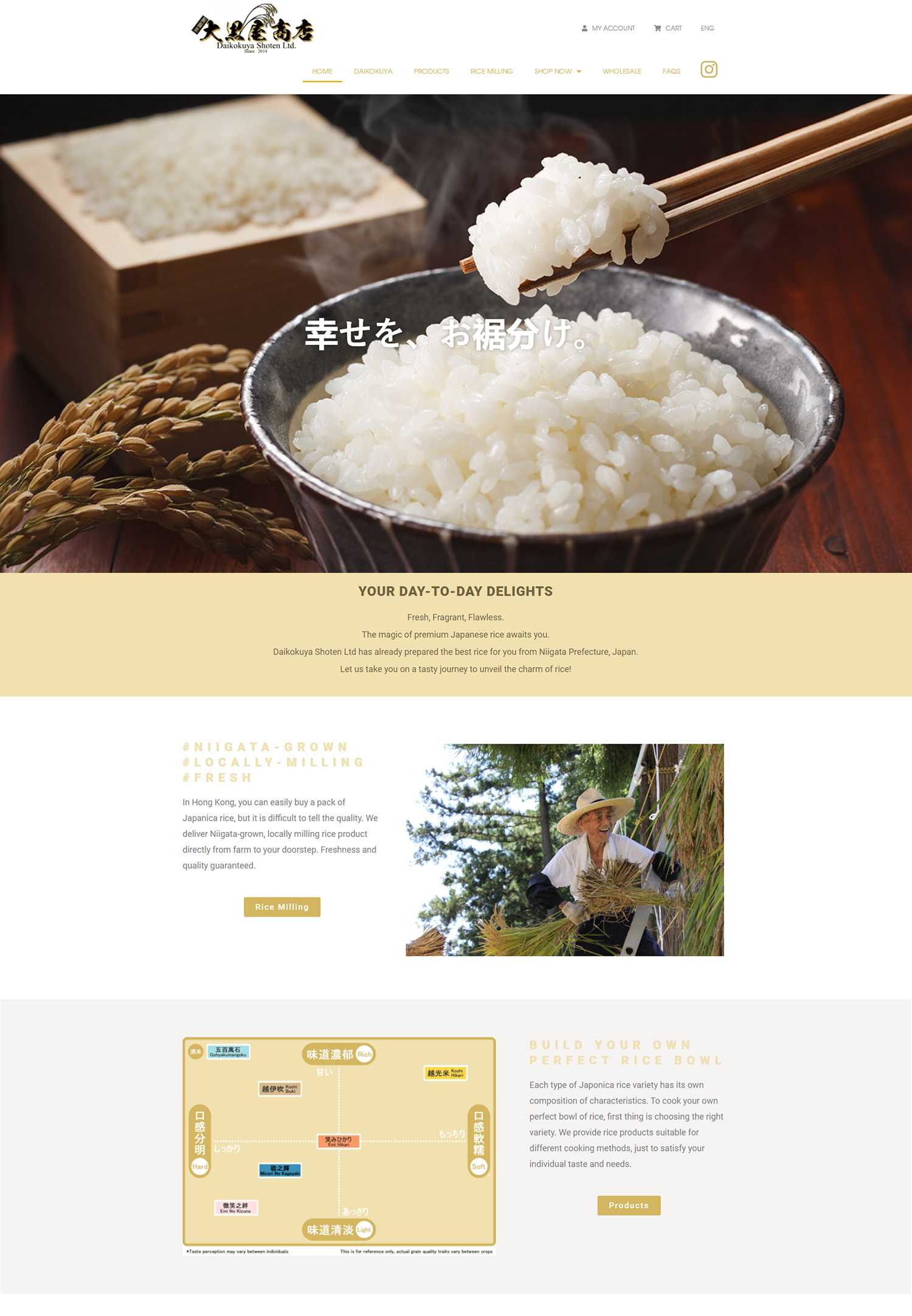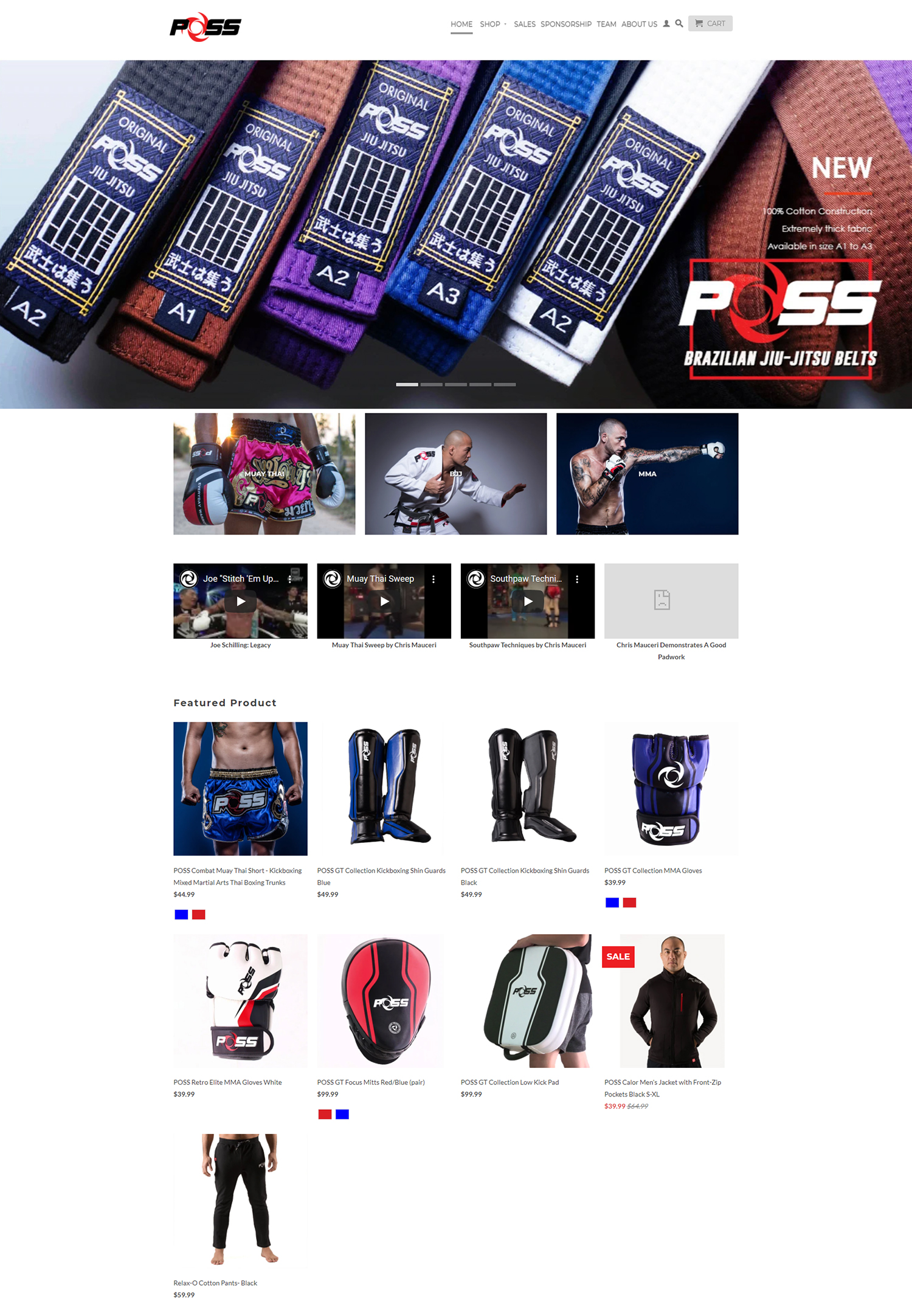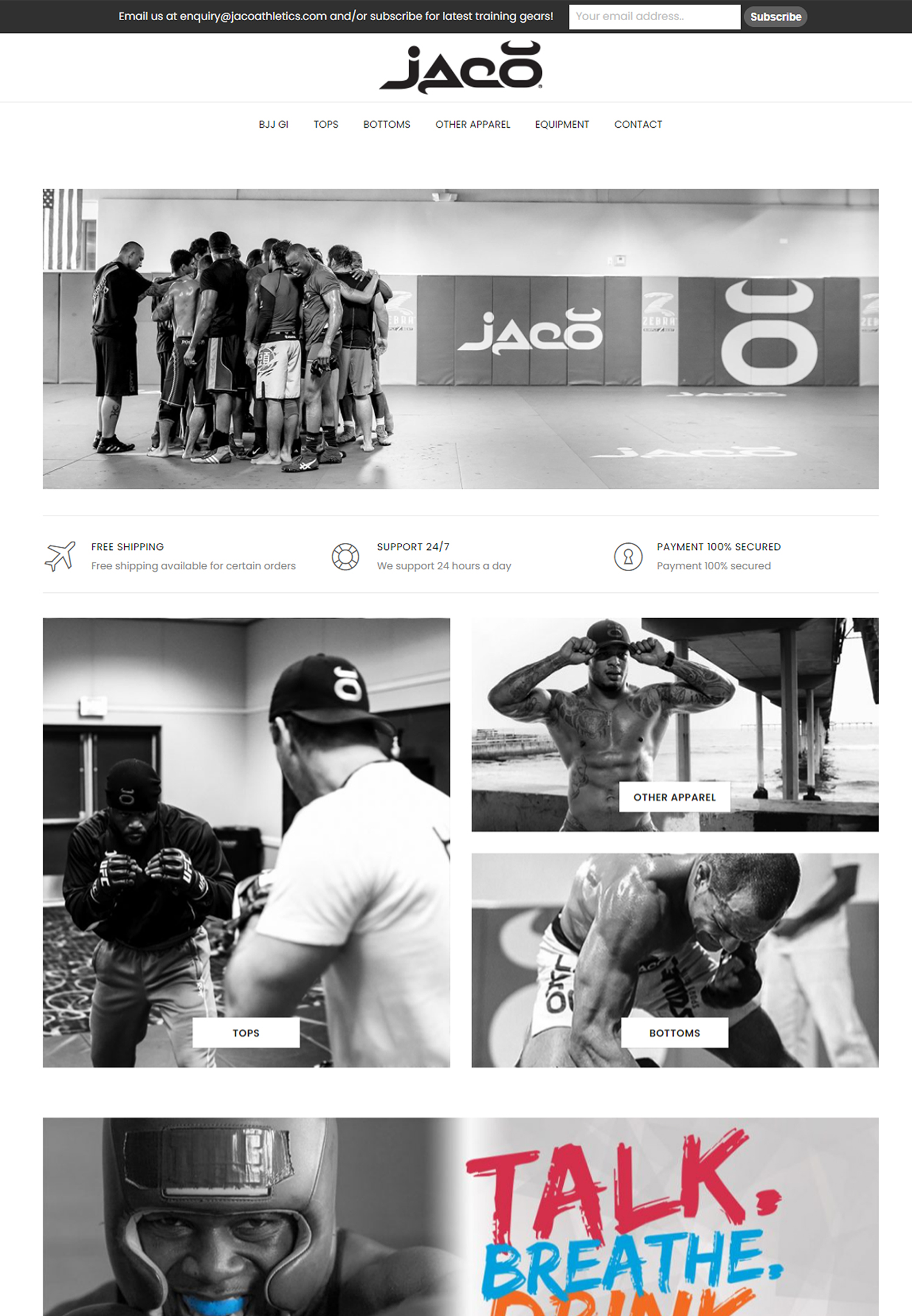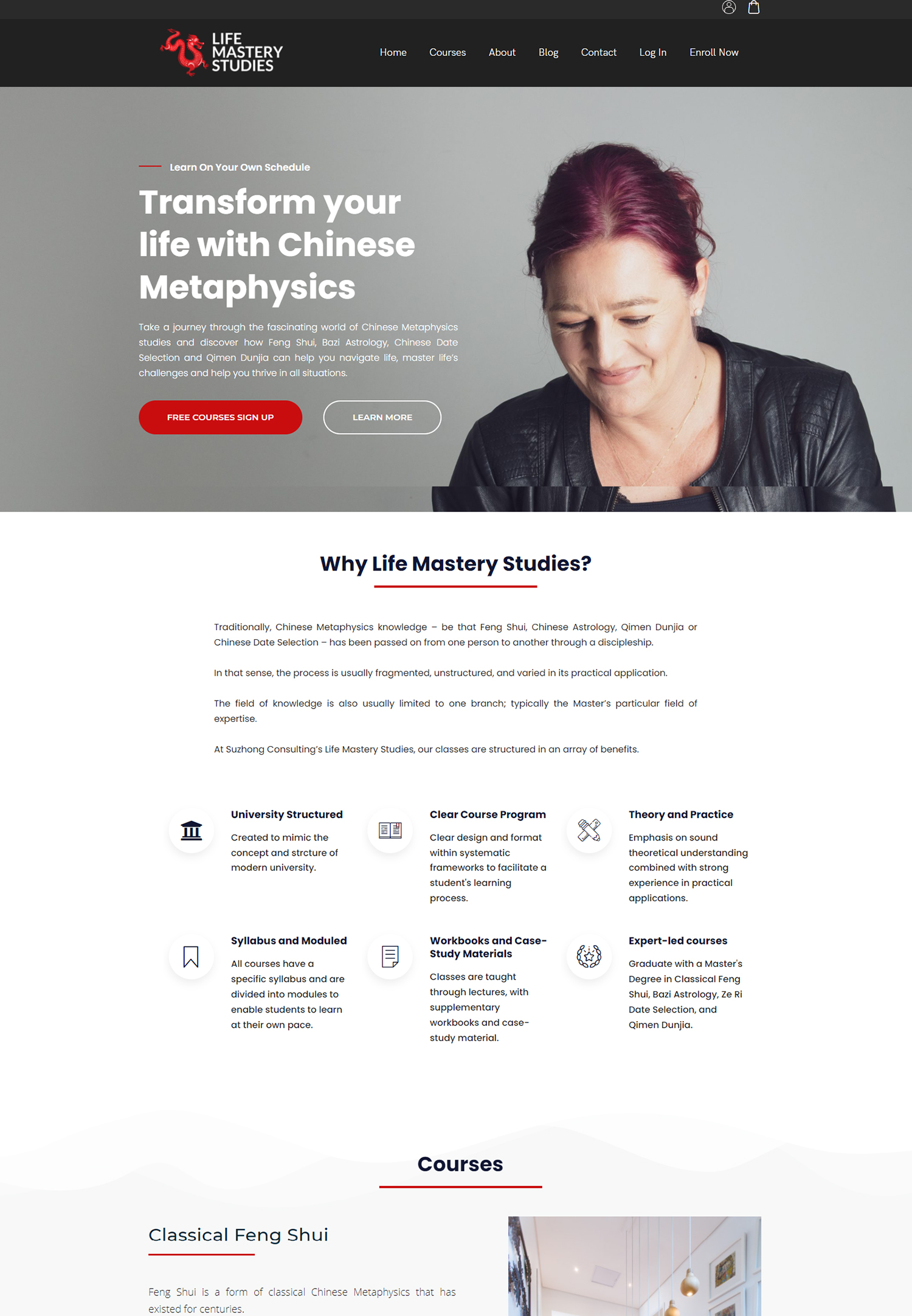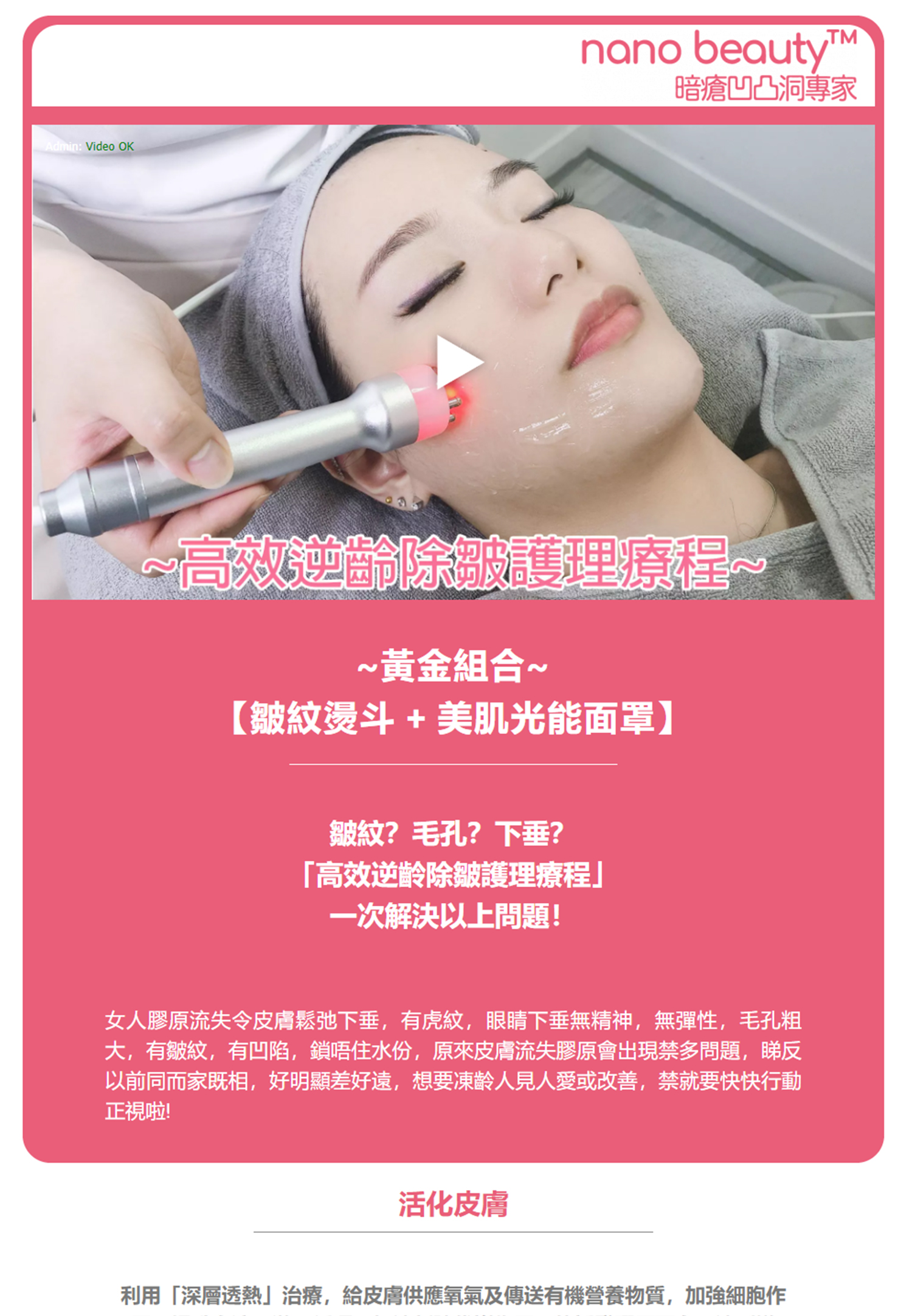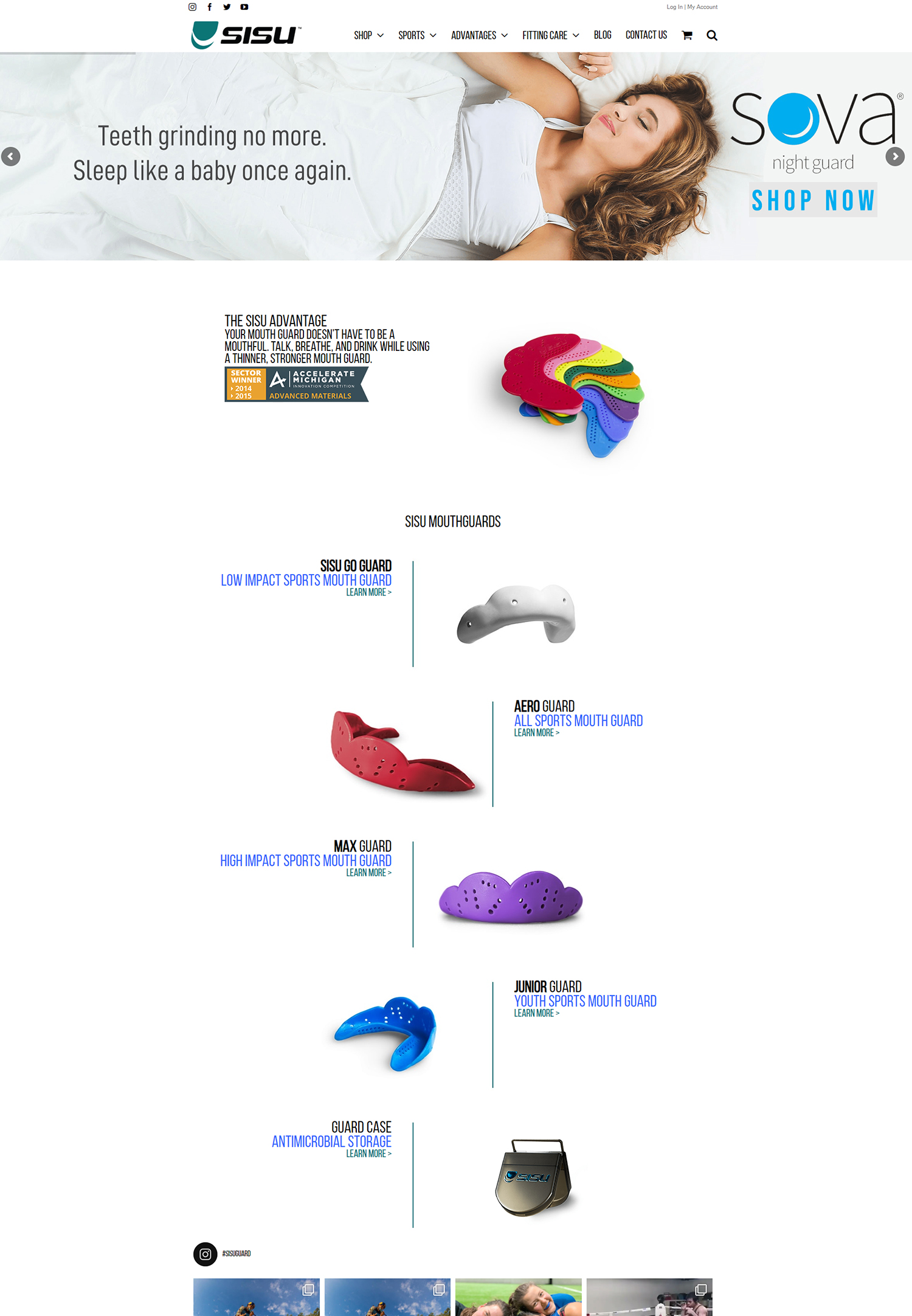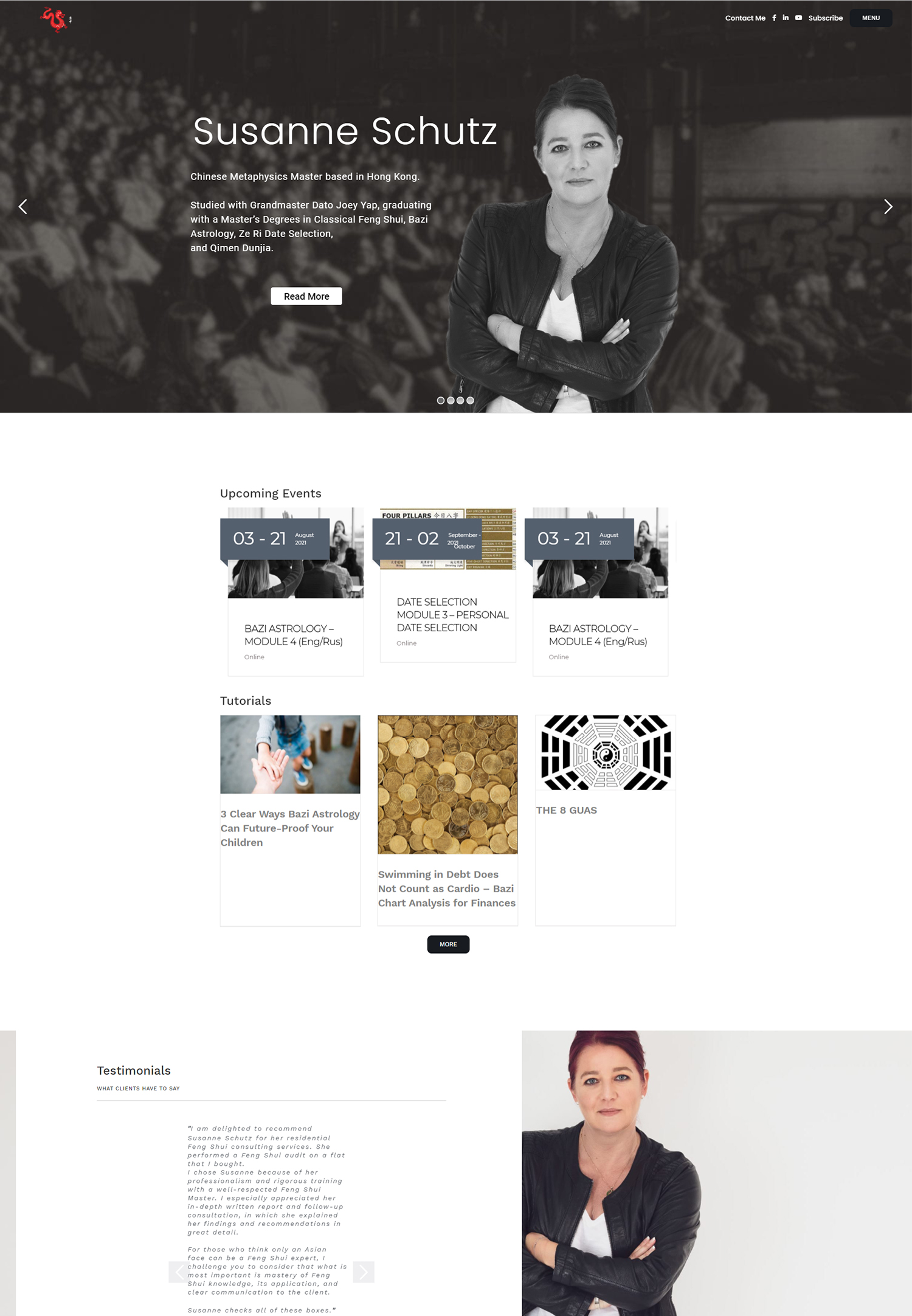The Power of Email Marketing in the Digital Age
In today’s digital landscape, email marketing has emerged as one of the most powerful tools for businesses to connect with their audience. With the rise of social media and other digital marketing channels, some may question the relevance of email marketing. However, statistics show that email marketing continues to be highly effective in driving engagement and conversions.
According to a report by Campaign Monitor, for every $1 spent on email marketing, the average return on investment (ROI) is $44.25. This staggering ROI is a testament to the power of email marketing in generating revenue for businesses. Furthermore, a study by McKinsey & Company found that email is 40 times more effective at acquiring new customers than Facebook or Twitter.
Understanding the Role of Digital Marketing in Email Campaigns
Digital marketing strategies can greatly enhance the effectiveness of email campaigns. By leveraging various digital marketing tactics, businesses can increase their reach and engagement with their target audience.
One example of a digital marketing tactic that can be used in email marketing is personalization. Personalized emails have been shown to have higher open rates and click-through rates compared to generic emails. By segmenting your email list and tailoring your content to specific groups of subscribers, you can deliver more relevant and engaging emails.
Another digital marketing tactic that can be used in email campaigns is automation. With automation tools, businesses can set up triggered emails based on specific actions or events, such as abandoned cart emails or welcome emails for new subscribers. This not only saves time and effort but also ensures that your emails are timely and relevant.
Crafting Effective Emails: Tips and Best Practices
Writing compelling subject lines is crucial for getting your emails opened. A study by Convince & Convert found that 35% of email recipients open an email based on the subject line alone. To create compelling subject lines, it’s important to be concise, clear, and intriguing. Avoid using spammy or clickbait-like subject lines, as they can damage your brand’s reputation.
In terms of email design and layout, it’s important to keep it clean and visually appealing. Use a responsive design that adapts to different screen sizes, as many people now access their emails on mobile devices. Use images sparingly and make sure they are optimized for fast loading times. Also, make sure your call-to-action buttons are prominent and easy to click.
When it comes to creating engaging content, focus on providing value to your subscribers. Avoid overly promotional or salesy language and instead, offer helpful tips, educational content, or exclusive offers. Use storytelling techniques to captivate your audience and make your emails more memorable.
Utilizing Social Media to Amplify Your Email Campaign
Social media can be a powerful tool for promoting your email campaigns and driving more traffic to your website. By sharing snippets or teasers of your email content on social media platforms, you can pique the interest of your followers and encourage them to sign up for your email list.
One effective strategy is to create social media posts that highlight the benefits or exclusive content that subscribers will receive by signing up for your emails. You can also use social media platforms to run contests or giveaways that require participants to sign up for your email list.
Another way to integrate social media into your email marketing strategy is by including social sharing buttons in your emails. This allows subscribers to easily share your email content with their own social media followers, increasing the reach and visibility of your brand.
Leveraging SEO to Boost Email Open Rates
Search engine optimization (SEO) is not just limited to websites and blog posts; it can also impact the open rates of your email campaigns. By optimizing your email content for search engines, you can increase the chances of your emails appearing in relevant search results.
To optimize your email content for search engines, make sure to include relevant keywords in your subject lines and email copy. Conduct keyword research to identify the terms that your target audience is searching for and incorporate them naturally into your emails.
It’s also important to optimize your email sender name and email address. Use a recognizable sender name that reflects your brand and avoid using generic or spammy email addresses. This will help increase the trust and credibility of your emails.
Personalization: The Key to Successful Email Marketing
Personalization is a key factor in the success of email marketing campaigns. By tailoring your emails to the specific needs and interests of your subscribers, you can increase engagement and conversions.
One strategy for personalizing email content is to segment your email list based on various criteria, such as demographics, purchase history, or engagement level. This allows you to send targeted emails that are more relevant to each segment of your audience.
In addition to segmenting your email list, you can also personalize your emails by using dynamic content. Dynamic content allows you to display different content blocks within the same email based on the recipient’s preferences or behavior. For example, you can show different product recommendations based on the recipient’s past purchases or browsing history.
A/B Testing: How to Optimize Your Email Campaigns
A/B testing is a powerful technique for optimizing your email campaigns and improving their performance. By testing different elements of your emails, such as subject lines, call-to-action buttons, or email design, you can identify what works best for your audience and make data-driven decisions.
When conducting A/B tests, it’s important to test only one variable at a time to accurately measure its impact on the performance of your emails. For example, if you’re testing subject lines, send two versions of the same email with different subject lines to two equal segments of your audience.
It’s also important to have a large enough sample size for your A/B tests to ensure statistical significance. The larger the sample size, the more reliable and accurate your results will be. Aim for at least a few thousand recipients for each version of your email.
The Importance of Mobile Optimization in Email Marketing
With the increasing use of smartphones and tablets, it’s crucial to optimize your email content for mobile devices. According to a report by Litmus, 46% of email opens occur on mobile devices. If your emails are not optimized for mobile, you risk losing a significant portion of your audience.
To optimize your email content for mobile devices, use a responsive design that adapts to different screen sizes. This ensures that your emails are easy to read and navigate on small screens. Avoid using small fonts or images that are too large, as they can make it difficult for mobile users to view your content.
It’s also important to keep your email copy concise and to the point. Mobile users have shorter attention spans and are more likely to skim through emails. Use bullet points or numbered lists to break up your content and make it easier to read on mobile devices.
Measuring Success: Metrics to Track for Email Campaigns
Tracking key metrics is essential for measuring the success of your email campaigns and making data-driven decisions. Here are some key metrics to track:
– Open rate: The percentage of recipients who open your emails. A high open rate indicates that your subject lines are compelling and engaging.
– Click-through rate (CTR): The percentage of recipients who click on a link within your email. A high CTR indicates that your content and call-to-action buttons are effective.
– Conversion rate: The percentage of recipients who complete a desired action, such as making a purchase or filling out a form. A high conversion rate indicates that your emails are driving desired outcomes.
– Unsubscribe rate: The percentage of recipients who unsubscribe from your email list. A high unsubscribe rate may indicate that your emails are not meeting the expectations of your subscribers.
By regularly tracking these metrics and analyzing the data, you can identify areas for improvement and optimize your email campaigns for better results.
The Future of Email Marketing and Digital Marketing Synergy
In conclusion, email marketing continues to be a powerful tool in the digital age. With the right strategies and tactics, businesses can leverage the power of email to connect with their audience, drive engagement, and generate revenue.
As digital marketing continues to evolve, it’s important for businesses to integrate email marketing with other digital marketing channels. By leveraging the power of social media, SEO, personalization, and A/B testing, businesses can enhance the effectiveness of their email campaigns and achieve better results.
The future of email marketing lies in its synergy with other digital marketing strategies. By combining the power of email with social media, SEO, and other tactics, businesses can create a cohesive and integrated marketing strategy that delivers maximum impact.
In conclusion, email marketing is here to stay. Its effectiveness in driving engagement and conversions makes it an essential tool for businesses in the digital age. By understanding the role of digital marketing in email campaigns, crafting effective emails, leveraging social media and SEO, personalizing content, conducting A/B tests, optimizing for mobile devices, and tracking key metrics, businesses can maximize the potential of their email marketing efforts.
Looking to boost your digital marketing efforts with email campaigns? Check out this informative article on the “6 Benefits of Email Marketing Campaigns in 2020” by Populis Digital. Discover how email marketing can help you reach your target audience, increase brand awareness, drive website traffic, generate leads, and ultimately boost your sales. Don’t miss out on the power of email marketing – read the article here and start maximizing your marketing potential today!
FAQs
What is digital marketing?
Digital marketing is the practice of promoting products or services using digital technologies, such as the internet, social media, search engines, and mobile devices.
What are email campaigns?
Email campaigns are a form of digital marketing that involves sending promotional messages or newsletters to a group of people via email.
What are the benefits of email campaigns?
Email campaigns can help businesses reach a large audience, increase brand awareness, drive website traffic, generate leads, and boost sales.
How do you create an effective email campaign?
To create an effective email campaign, you should define your target audience, craft a compelling subject line and message, use eye-catching visuals, personalize the content, and include a clear call-to-action.
What are some best practices for email campaigns?
Some best practices for email campaigns include segmenting your email list, testing your emails before sending them, optimizing for mobile devices, avoiding spam triggers, and tracking your results.
What are some common mistakes to avoid in email campaigns?
Some common mistakes to avoid in email campaigns include sending too many emails, using a generic subject line, not personalizing the content, not optimizing for mobile devices, and not tracking your results.






